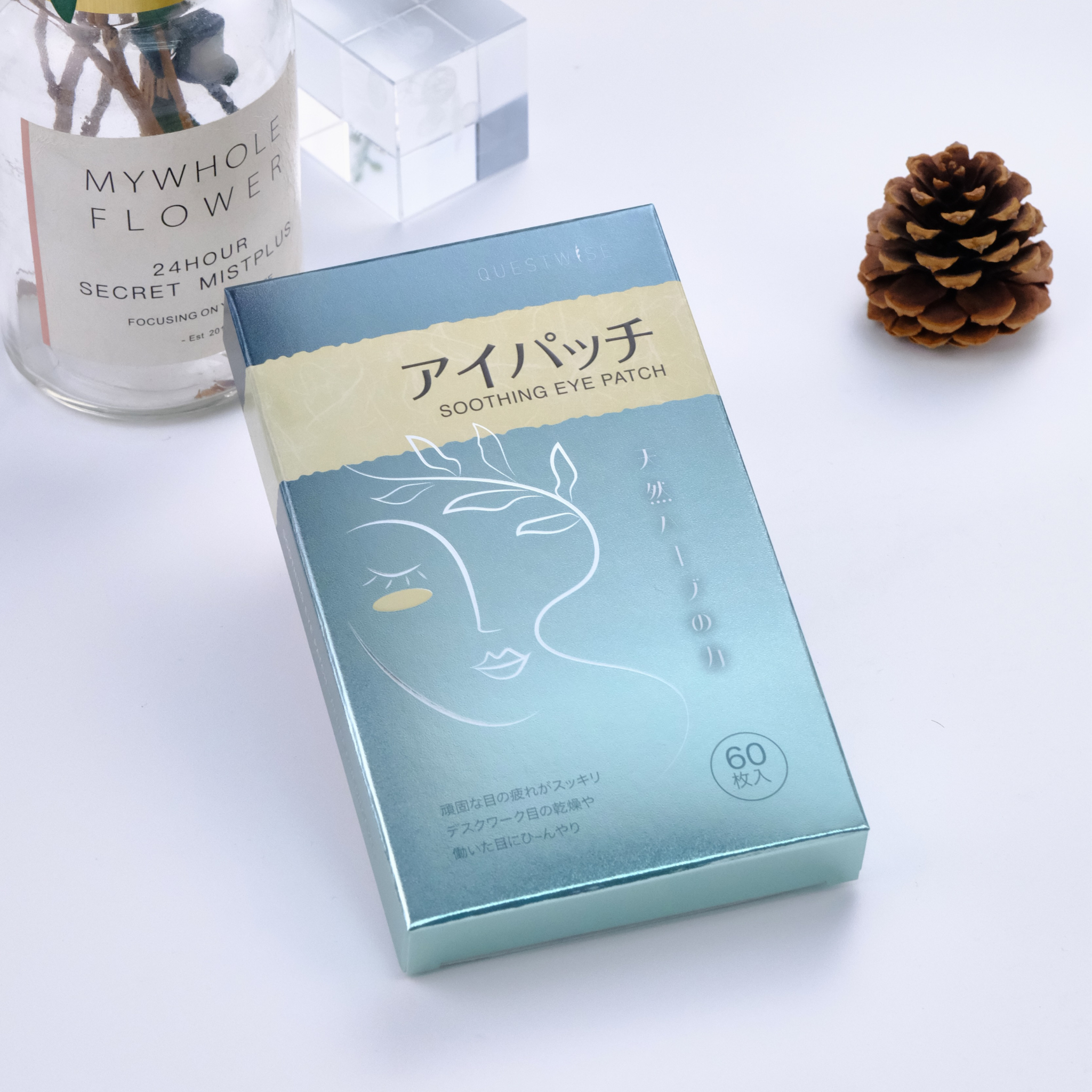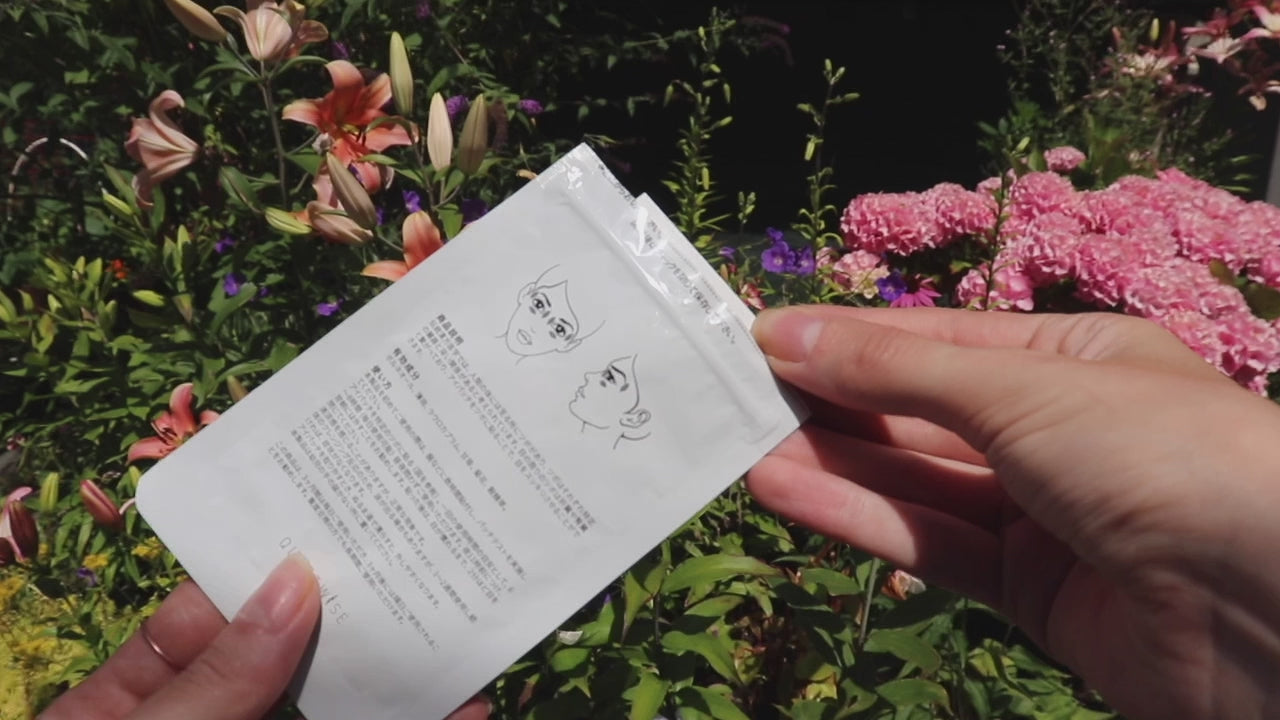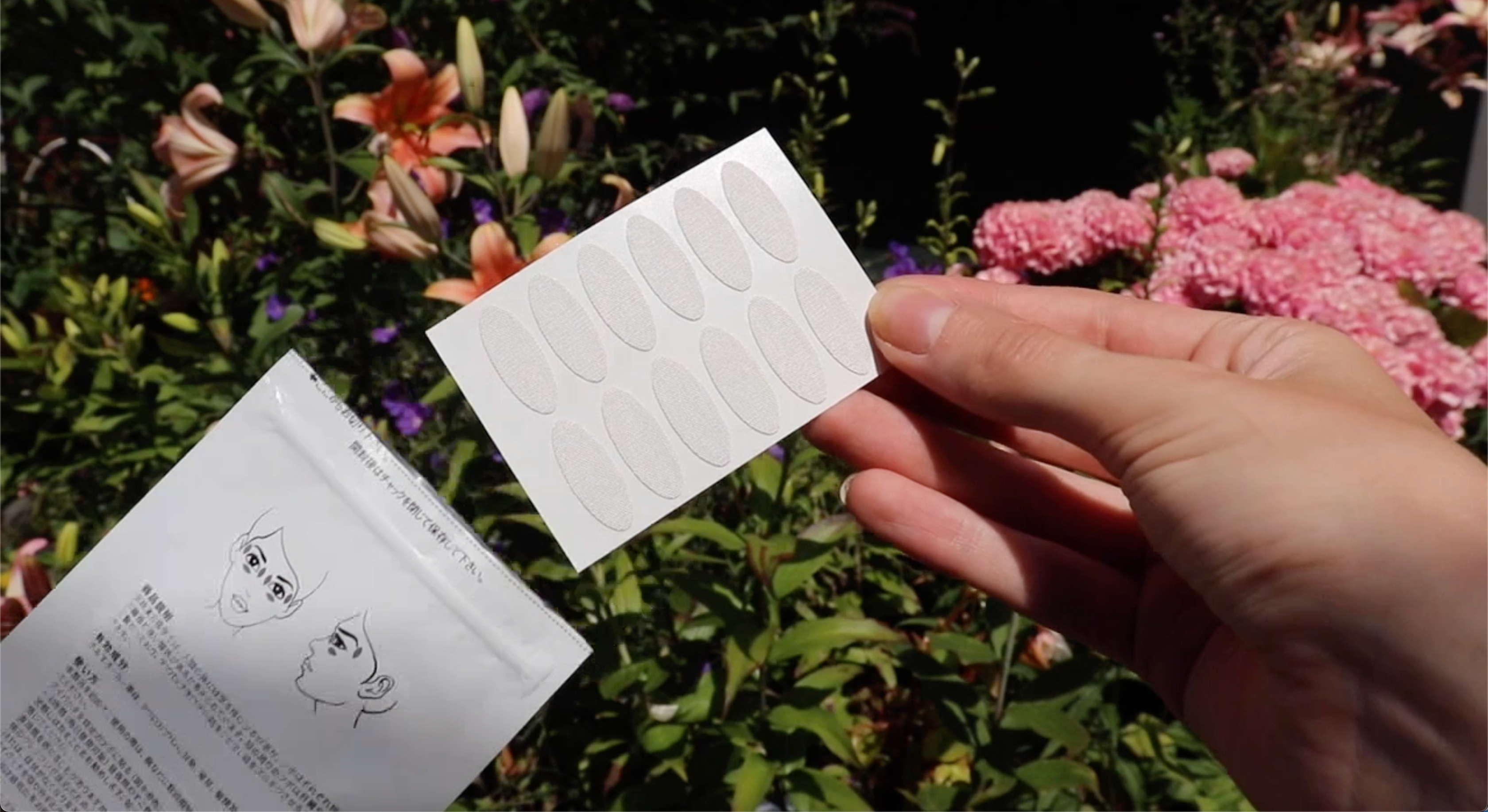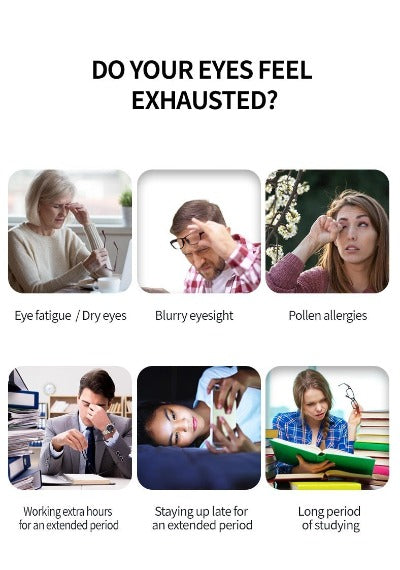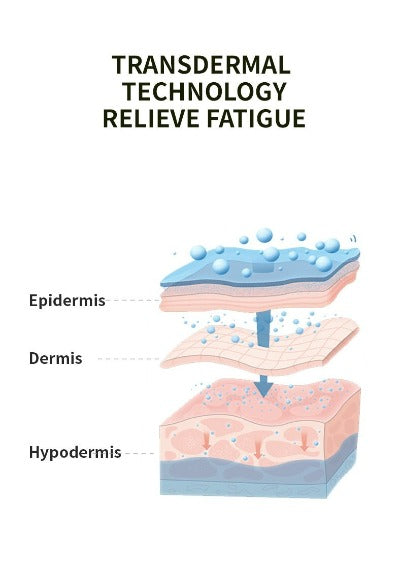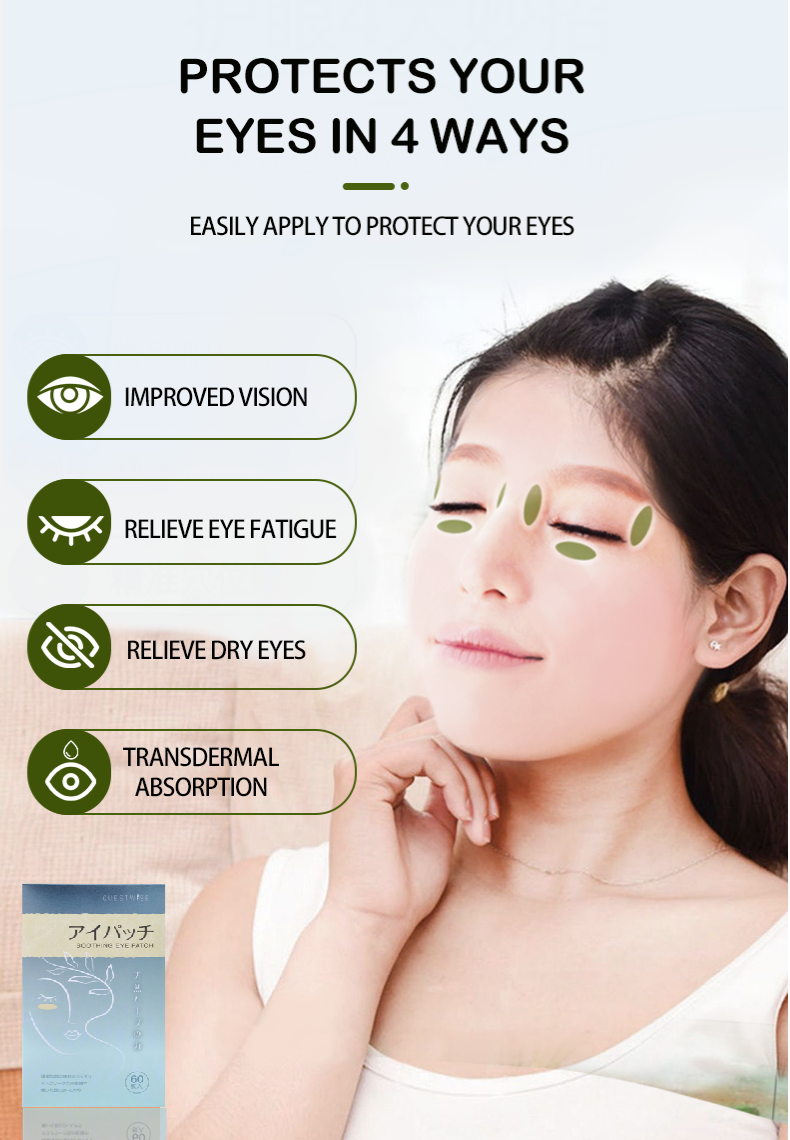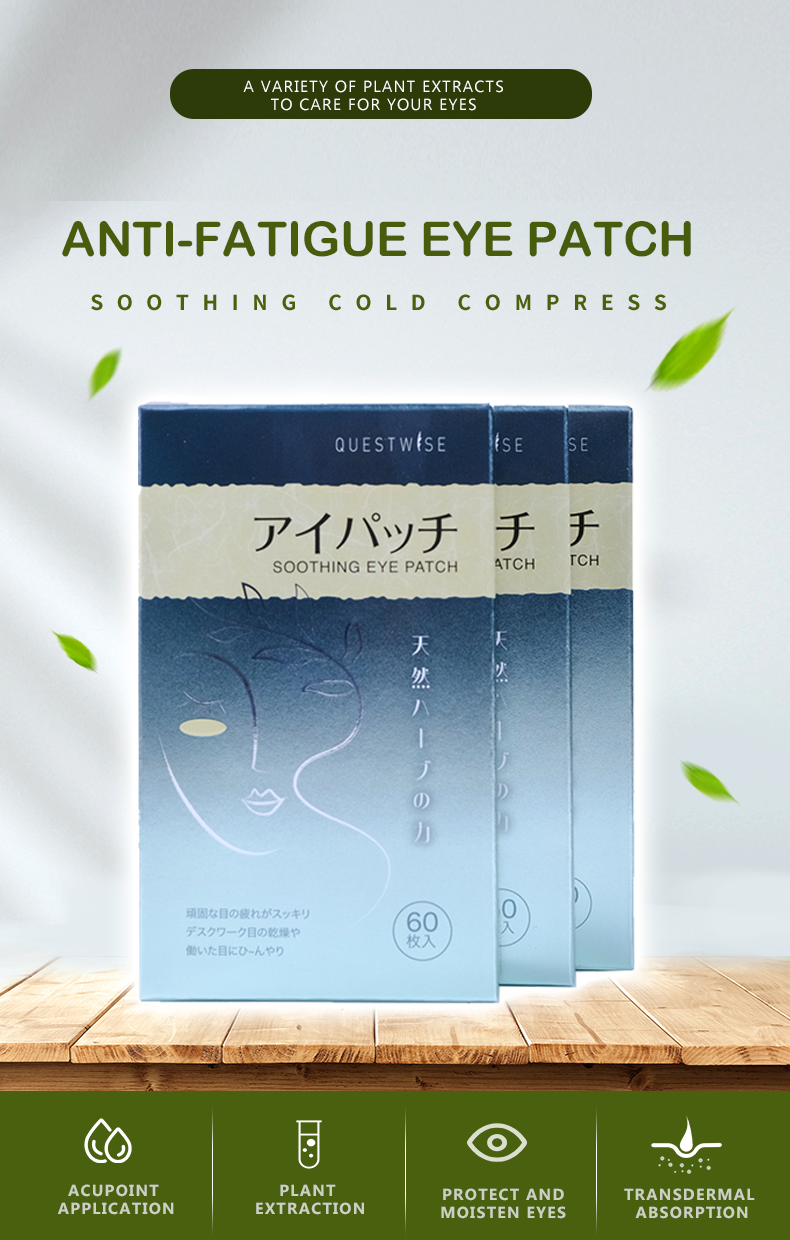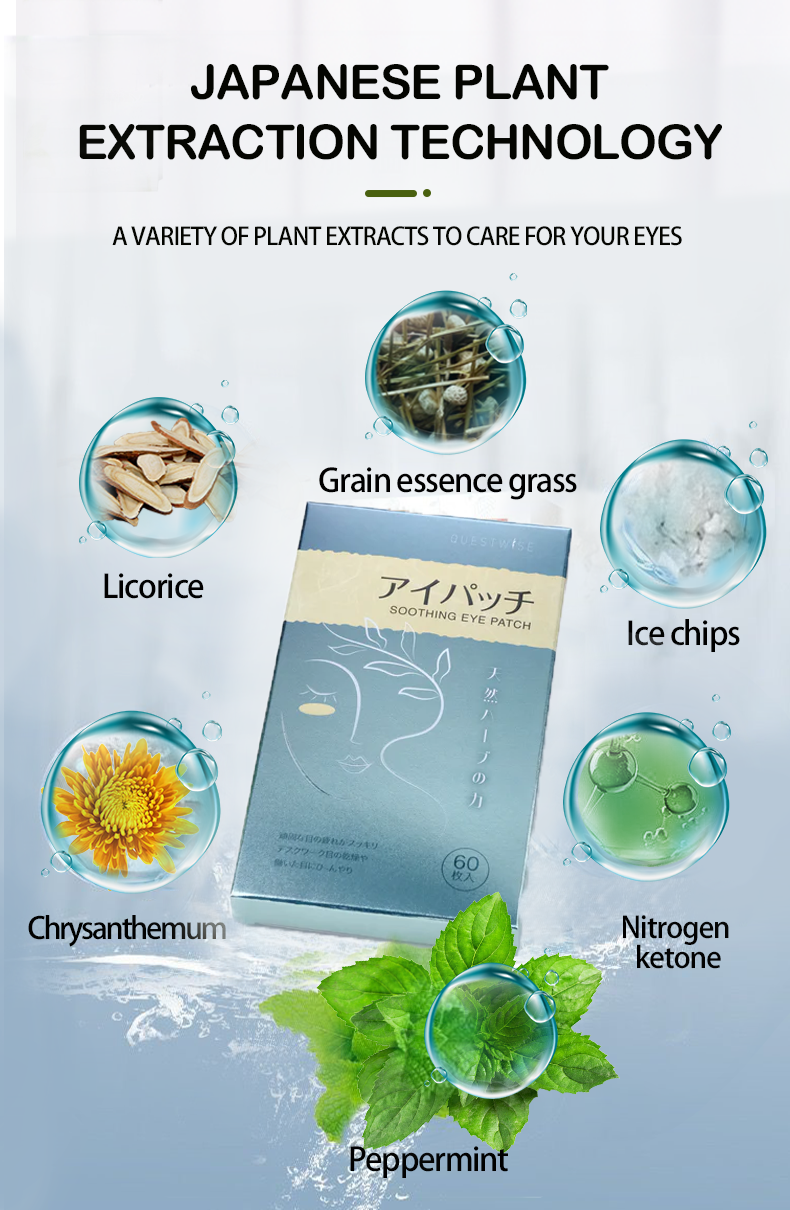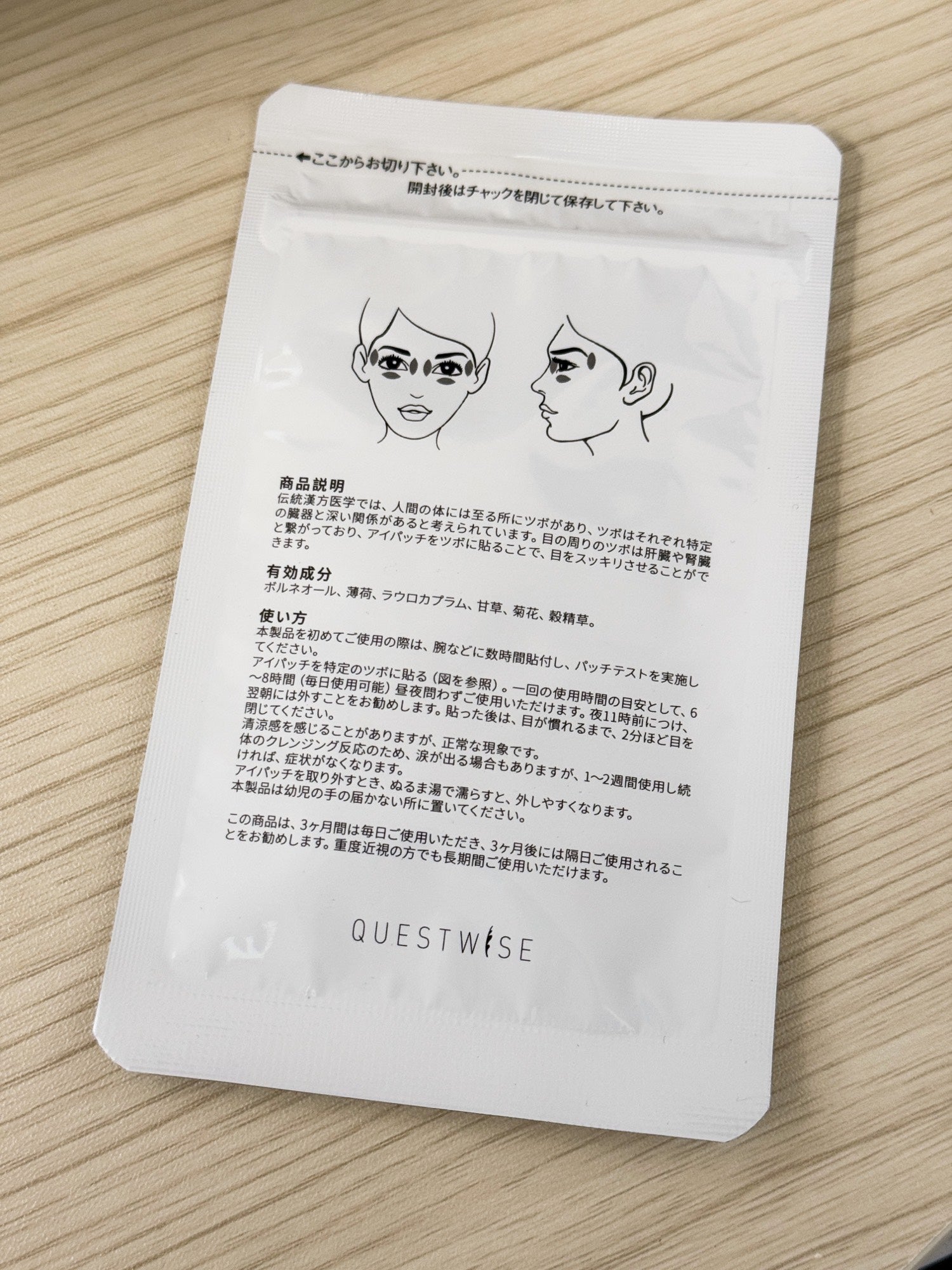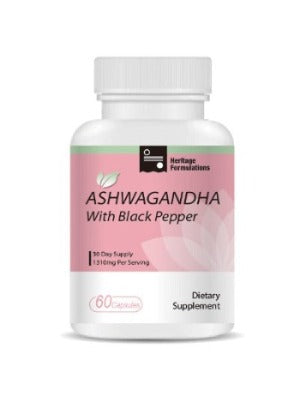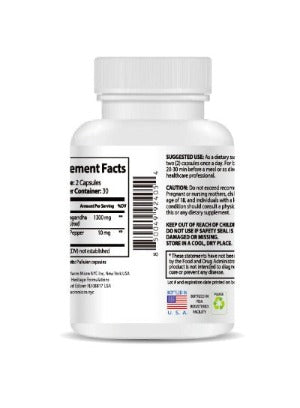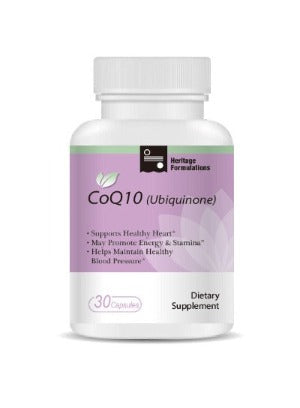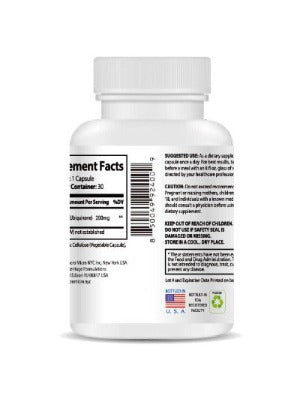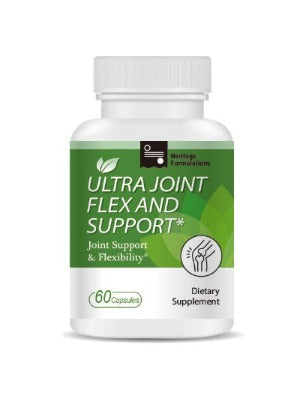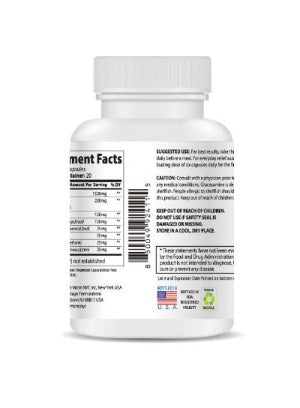The Evolving Landscape of Dry Eye Treatment in 2025
Dry eye disease, a prevalent condition affecting millions worldwide, presents a significant challenge to eye health professionals. The year is 2025, and the approach to dry eye treatment has evolved considerably. Gone are the days of solely relying on artificial tears; today's treatment strategies are more holistic, combining advanced medical interventions with lifestyle adjustments and the strategic use of supportive at-home therapies. This comprehensive guide explores the current approaches doctors employ to effectively manage and alleviate dry eye symptoms. We will delve into the complexities of the disease, explore the various treatment options available, and highlight the crucial role of at-home care in achieving optimal outcomes. This detailed examination will leave you well-informed about the state-of-the-art approaches to dry eye treatment and empower you to discuss your options with your eye care professional.
Understanding the Nuances of Dry Eye Disease: Beyond Simple Dryness
Dry eye isn't simply a matter of insufficient tear production; it's a multifaceted condition characterized by an imbalance in the tear film's quality and function. This tear film, a delicate blend of water, oil, and mucus, acts as a protective lubricant for the eye's surface. Disruptions to this delicate balance, whether through decreased tear production, altered tear composition, or impaired tear film stability, lead to a spectrum of uncomfortable symptoms. These symptoms can range from mild irritation and burning to severe discomfort and even vision impairment. Let's delve deeper into the underlying mechanisms contributing to this widespread condition.
Several contributing factors are often at play, including:
- Tear Film Instability: An unstable tear film, prone to rapid evaporation, is a hallmark of dry eye. This instability can be due to several issues, including an inadequate amount of tear fluid, abnormal tear composition, or issues with the way the eyelids spread the tears across the eye's surface. This instability leaves the eye's surface vulnerable to irritation and damage.
- Meibomian Gland Dysfunction (MGD): The meibomian glands, located in the eyelids, produce the oily component of tears. MGD, a common culprit in dry eye, occurs when these glands become blocked or malfunction, resulting in a deficient oily layer and increased tear evaporation. This leads to an unstable tear film and increased dryness.
- Environmental Factors: Our environment plays a significant role in the development and exacerbation of dry eye. Prolonged screen time, air conditioning, dry climates, and exposure to wind and pollutants can all stress the tear film and increase evaporation. Furthermore, spending extended periods in environments with low humidity can significantly impact tear film stability.
- Underlying Medical Conditions: Several medical conditions can contribute to or worsen dry eye, including autoimmune diseases (like rheumatoid arthritis and Sjögren's syndrome), allergies, hormonal imbalances, and diabetes. These conditions often disrupt the normal functioning of the tear film, leading to increased dryness and discomfort.
- Medications: Certain medications, particularly those used to treat allergies, hypertension, and depression, can have dry eye as a side effect. These medications can alter tear production or composition, making the eyes more susceptible to dryness.
The Multifaceted Approach: Tailoring Treatment to Individual Needs
Given the complexity of dry eye, a tailored and multifaceted treatment approach is crucial. Treatment plans are highly individualized, carefully considered based on the underlying cause(s), the severity of symptoms, and the overall health of the patient. There is no one-size-fits-all solution. The treatment strategy is designed to restore the balance and functionality of the tear film. Doctors often employ a combination of the following:
- Artificial Tears: Over-the-counter lubricating eye drops provide temporary relief from dryness by replenishing lost moisture. However, for persistent or severe dry eye, artificial tears may not offer sufficient relief on their own.
- Prescription Eye Drops: For more severe cases or underlying conditions, doctors may prescribe medications to reduce inflammation, stimulate tear production, or improve the quality of tears. These medications can be more potent than over-the-counter options and address specific aspects of dry eye.
- Warm Compresses: Applying warm compresses to the eyelids helps to express the meibum (oily substance) from the meibomian glands, alleviating MGD. This simple yet effective technique helps to restore the oil layer of the tear film.
- Lid Hygiene: Gently cleaning the eyelids removes debris and bacteria that can contribute to inflammation and worsen dry eye symptoms. Regular lid hygiene is crucial for maintaining eye health.
- Punctal Plugs: Small plugs can be inserted into the tear ducts to prevent tears from draining too quickly, helping to retain more moisture on the eye's surface. This is a simple procedure with minimal discomfort.
- Intense Pulsed Light (IPL) Therapy: This procedure uses pulses of light to target and treat inflamed meibomian glands, improving their function and reducing inflammation. IPL therapy is often an effective treatment for MGD.
- Lifestyle Modifications: Adopting healthy habits like drinking enough water, following the 20-20-20 rule (every 20 minutes, look away from your screen for 20 seconds at an object 20 feet away), using humidifiers in dry environments, and protecting your eyes from wind and extreme temperatures can make a significant difference. These seemingly simple changes can have a substantial positive impact on eye health.
The Role of At-Home Therapies: Enhancing Treatment Outcomes
At-home therapies play a crucial role in supporting medical interventions and lifestyle changes, enhancing overall treatment effectiveness. These therapies allow for ongoing management between doctor visits and complement professional treatments. The integration of at-home care can significantly improve comfort and quality of life. One example of a supportive product is Wise Quest Soothing Eye Patches.

These innovative patches harness the power of traditional Chinese herbal medicine to address various aspects of dry eye discomfort. Wise Quest Soothing Eye Patches offer a convenient, soothing solution to help relieve eye fatigue, dryness, astringency, redness, and swelling. Their gentle, natural approach complements other treatments and promotes overall eye well-being. They are especially beneficial for individuals who experience increased eye strain from prolonged screen time or other environmental factors. Integrating these patches into your daily routine can significantly enhance your overall dry eye management strategy.
The Importance of Regular Eye Exams: Early Detection and Prevention
Regular comprehensive eye exams are essential for early detection, appropriate management, and prevention of dry eye complications. During these exams, your eye doctor will conduct a thorough assessment, evaluating your symptoms, performing tests to analyze your tear film and its composition, and diagnosing the underlying cause(s) of your dry eye. Early intervention is crucial in mitigating the progression of dry eye and preventing potential vision impairment. Don't hesitate to seek professional care if you are experiencing persistent dry eye symptoms. Early detection is key to effective treatment and preserving long-term eye health.
Conclusion: A Holistic Partnership for Optimal Eye Health
In 2025, the management of dry eye disease is a collaborative endeavor, a true partnership between the patient and their eye care professional. It's a journey that demands patience, diligence, and an open dialogue to explore the most effective treatment options. By integrating advanced medical treatments, conscious lifestyle adjustments, and strategic use of supportive at-home therapies such as Wise Quest Soothing Eye Patches, individuals can experience substantial relief from dry eye symptoms and enjoy improved visual comfort. Remember, open communication with your doctor is vital to create a personalized treatment plan that perfectly suits your unique needs and concerns. With proper care and attention, you can effectively manage dry eye and preserve your clear, comfortable vision for years to come.


